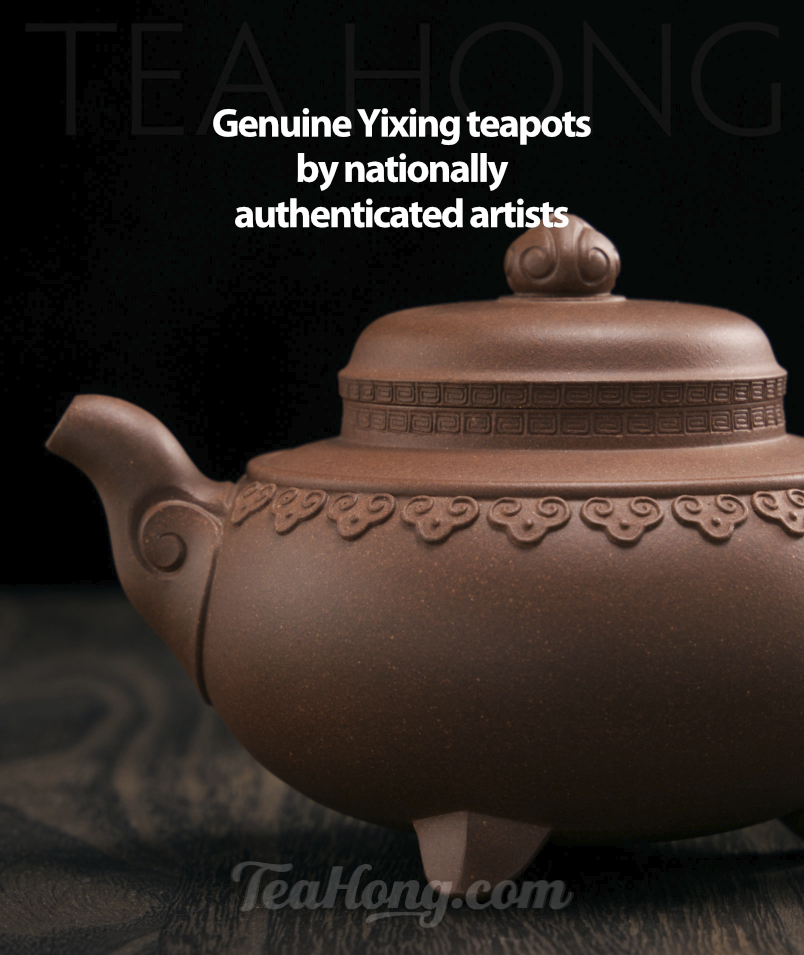Laos Shengcha

As discussed in a few other articles in this site, shengcha pu’er is very similar to white tea, they are both sunned and very lightly yet evenly oxidised — belonging to the group of lightly oxidised teas. The dramatic difference in taste quality between the two is a result of the cultivar and perhaps growing environment, not because of the process.
While a white peony is generally much softer, a shengcha is sharper, brighter and often stronger.
In this review, we shall talk about a shengcha not from Yunnan, but rather outside of the China border, in Laos.
ancient tea trees abound
Tea materials from areas outside of Yunnan have long been exploited to supply for the insatiable market for shengcha puer of large bud leaves, as discussed in the article Pu’er: Myth of Origin & Reality of Blending. Laos has been one of the good source. In its tropical mountains in regions such as Phongsaly ( north ), Xieng Khouang ( central ), and Xayaboury ( west ), wild tea trees can be ten meters tall. There are also old tea gardens developed by migrant Chinese centuries ago left grown wild.
Perhaps not many consumers have heard of teas from the landlocked southeast Asian country of Laos. However, it is here where people can still find some of the oldest living specimens of camellia sinensis variety assamica, what the Chinese call the “big leaf” variety ( Chinese: 大葉種 ). As a matter of fact, in the area that is the south of Yunnan in China, north of the Southeast Asian peninsula, covering parts of Vietnam, Laos, Thailand and Myanmar, is still scattered with the ancient tea trees. It is widely believed that it was here of that the tea plant, camellia sinensis, originated.
However, local Laos people have not developed any sophisticated way of using the plant, as have the Chinese in a wide range of tea varieties and the Thai and the Burmese using the leaves as a vegetable etc. Local Laos have only used the plant arbitrarily, until relatively recently.
inspired by the Chinese
Selling the materials to the Chinese to manufacture their puer tea cha bing has prompted the locals to understand the value of their natural resource. Small scale tea productions have already been developed some decades ago in southern part of Laos as an alternative cash crop, so the idea quickly catches on.
In 2010, an NGO in Laos contacted me to tell me their desire to promote Laos shengcha, as from Laos, not Yunnan. This very well educated and soft speaking man wanted me to come up with a scheme for it and presented to me some reports and papers he made to the government.
- Laos Shengcha from the Xayaboury region. Photographed at the 6th year of maturation
- Laos Shengcha from the Phongsaly region. Photographed at the 6th year into maturation
- Laos Shengcha from upper altitudes of Xieng Khouang. Photographed at the 6th year into maturation
Laos maocha
Commercial entities from Yunnan had sent personnels and some rudimentary set up in certain areas to make a raw material supply chain. It seems to me the focus has been solely for material, i.e. maocha supply. Laos shengcha, or maocha, as my NGO contact precisely called it, has a high regard amongst Chinese pu’er producers. They paid good prices for it.
Since new harvests are sent to Yunnan quite immediately, there is not much development in local tea culture, not to mention basic finish processing, packaging, nor any other phases of the tea trade.

Some other samples, such as this one from Khua, Phongsaly, appears very promising. Yet fails tasting totally. My contact in the NGO described some changes in processing to try to make it taste better. I hope such efforts will continue.
Nevertheless, I was happy to get hold of some of the finest maocha from each of the mentioned regions. A few study sessions of the teas’ gastronomic potential and background info convinced us that these are great teas. Before committing to devising a way to support his noble objectives, I was convinced that I should involve these teas for my own tea business.
There was one issue we needed to further confirm before we can proceed though: that we can get similar quality in the long run. People living in the mountains with a long history in opium farming switching suddenly to this category may change their mind quite easily for some other cash crop. Furthermore, the quality between samples from the same region but from different harvests and between regions are extremely inconsistent.
To get a better feel of what we shall get if in a more realistic commercial situation, I asked for a small amount of a few teas to send in for further testing and resale prep. The courier delivered a big carton of disappointment. They look the same as the samples, but smell and tasted differently.
It was excessive moisture and very poor storage that had altered the tea. A repeated story for many fine teas handled badly. Before extensive marketing can be done to help to further actualize the goal of that NGO — to help the locals gain a more reasonable livelihood — the lack of basic handling skills and storage conditioning kill their own produce. The contact switched his career at that point of time and we lost the handle on it since.














